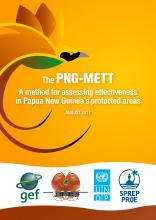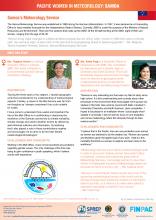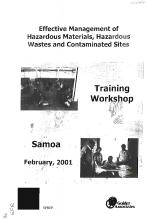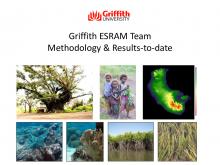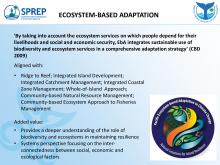Elasmobranch captures in the Fijian pelagic longline fishery

Island and Ocean Ecosystems
Gilman, Eric
,
Piovano, Susanna
2016
1. Pelagic longline fisheries for relatively fecund tuna and tuna-like species can have large adverse effects on incidentally caught species with low-fecundity, including elasmobranchs. 2. Analyses of observer programme data from the Fiji longline fishery from 2011 to 2014 were conducted to characterize the shark and ray catch composition and identify factors that significantly explained standardized catch rates. Catch data were fitted to generalized linear models to identify potentially significant explanatory variables. 3. With a nominal catch rate of 0.610 elasmobranchs per 1000 hooks, a total of 27 species of elasmobranchs were captured, 48% of which are categorized as Threatened under the IUCN Red List. Sharks and rays made up 2.4% and 1.4%, respectively, of total fish catch. Blue sharks and pelagic stingrays accounted for 51% and 99% of caught sharks and rays, respectively. 4. There was near elimination of shark lines, branchlines set at or near the sea surface via attachment directly to floats, after 2011. 5. Of caught elasmobranchs, 35% were finned, 11% had the entire carcass retained, and the remainder was released alive or discarded dead. Finning of elasmobranchs listed in CITES Appendix II was not observed in 2014. 6. There were significantly higher standardized shark and ray catch rates on narrower J-shaped hooks than on wider circle hooks. Based on findings from previous studies on single factor effects of hook width and shape, the smaller minimum width of the J-shaped hooks may have caused the higher shark and ray catch rates. For sharks, the effect of hook width may have exceeded the effect of hook shape, where small increases in shark catch rates have been observed on circle vs J-shaped hooks. 7. Shark and ray standardized catch rates were lowest in the latter half of the year. Focusing effort during the second half of the year could reduce elasmobranch catch rates.
